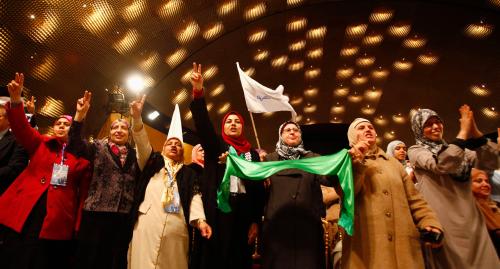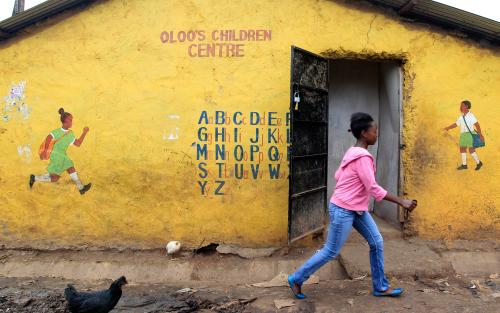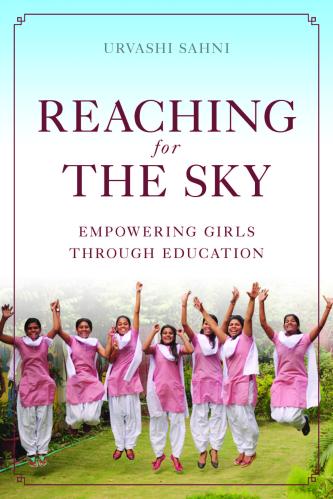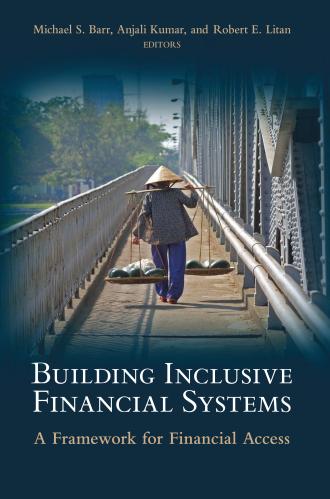Tomorrow, March 8, marks International Women’s Day and this year’s United Nations theme is “Equality for Women is Progress for All.” This push for progress rings clear in all of the messaging around girls’ education and women’s empowerment. As we move toward 2015 and the deadline to achieve the Millennium Development Goals, this call will sound even louder.
Each year the development community charts the progress made on improving the lives of women and girls around the world, and urges countries to keep up the good work. Yet, the progress is always paired with an additional need for engagement to influence policy and affect change in key areas. Striking EFA Global Monitoring Report statistics reflect a quite unfinished agenda on women’s issues. For example, three-quarters of the world’s illiterate adults live in 10 countries and two-thirds of them are women. Even with mobilization of the global education community around progress in learning outcomes, there has been little impact on improving women’s literacy since 1990.
Therefore this International Women’s Day instead of just saying that girls’ education needs to continue to move forward, the global education community should leverage the following key messages around girls’ education and women’s empowerment to jumpstart this urgent shift:
1. Keep equity at the forefront when discussing education opportunities. Equity should be central to promoting education opportunities for women and girls. By not providing boys and girls an equitable opportunity to learn, women’s empowerment and education continues to suffer. By 2060, poor girls in 24 countries will still not have completed primary school. By 2030, rich boys in 56 of 74 countries around the world will complete primary school while poor girls in only seven of these countries will have done so. The emphasis here must not only be equality but also equity so that rural girls and boys and marginalized populations are not left behind.
2. Target the hotspots where attention to girls’ education is most needed. Gender disparity in sub-Saharan Africa, and South and West Asia remain much higher than other regions and the gaps in those areas remain vast. To improve the lives of women in these regions, gender-specific policies must address security and cultural norms around girls attending school and learning. In Nigeria, universal primary completion has been successful for rich boys whereas it may be another three generations before the same is true for poor girls in the country. Similarly in Pakistan, rich boys and girls are expected to complete primary school by 2020 but recent trends suggest that poor boys will reach the target by the late 2050s and poor girls just before 2100. Without improving gender equity in these regions, progress for girls will continue to be impeded and will prevent these same women in the future from creating greater development progress in their country.
3. Education does not stand alone. There is a strong link between educating women and girls and positive outcomes for maternal health, economic empowerment and social mobility. Education gives a voice to girls and women in their communities. If all women completed primary school, 189,000 lives of women would be saved per year and 66 percent fewer maternal deaths would occur. In sub-Saharan Africa alone, 113,400 women would survive childbirth and there would be 70 percent fewer maternal deaths. Empowering women through education is also important factor in promoting economic well-being. By not employing women in the workforce, countries waste valuable human capital. A recent report on Arab youth and education levels in the Arab world finds that only 18 percent of working-age Arab women hold jobs. In Egypt and Saudi Arabia, more than half of young women are unemployed, and in Algeria and Syria, female youth unemployment rates are double those of their male counterparts. The more years that girls spend in school, the later they marry and have their first child. But really, it is more than that. Education gives girls and women a greater sense of social freedom and personal rights that guide their decision-making processes. The connection between learning outcomes and greater opportunity for women only strengthens the importance of reaching women and girls in developing countries.
4. The educated girls of today become the women leaders of tomorrow. Investing in women and providing equitable education opportunities are not just decisions that influence the day-to-day lives of girls in school. They can provide girls and women with lifelong skills. The next wave of girls who attend school and learn will receive skills to improve their future livelihoods and in turn champion education for their daughters. The power of girls’ education shines through in families, in communities and in life. However, the opportunities must be present and ripe for the taking.
Thus, on this International Women’s Day, speak of progress and of the road still left to travel, but remember that education remains paramount to getting there.









Commentary
Education for Women and Girls is Progress for All on International Women’s Day
March 7, 2014